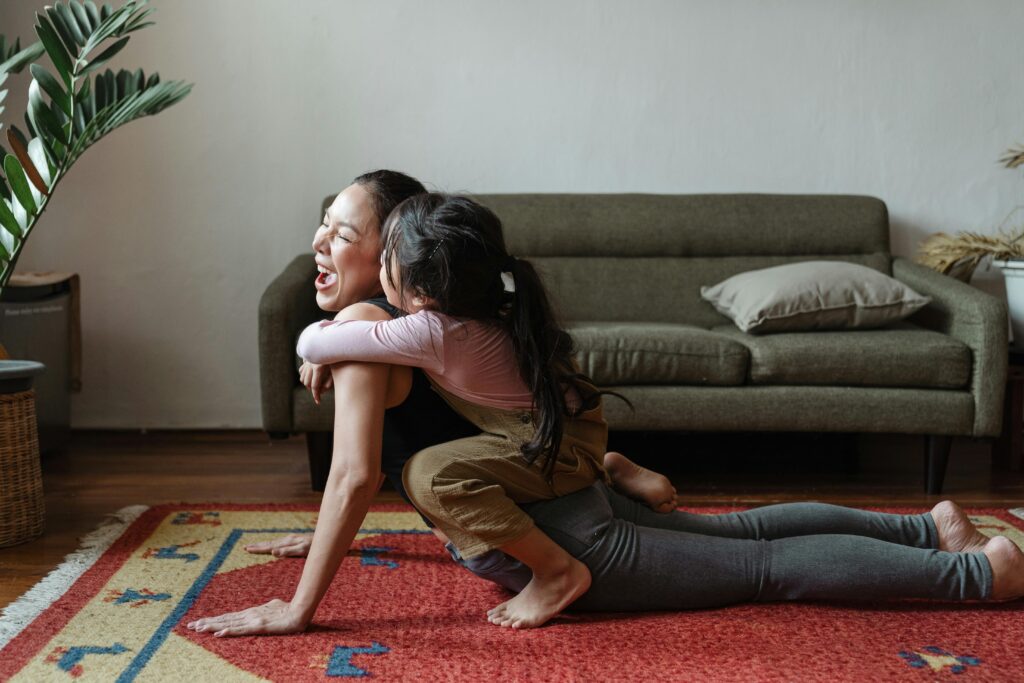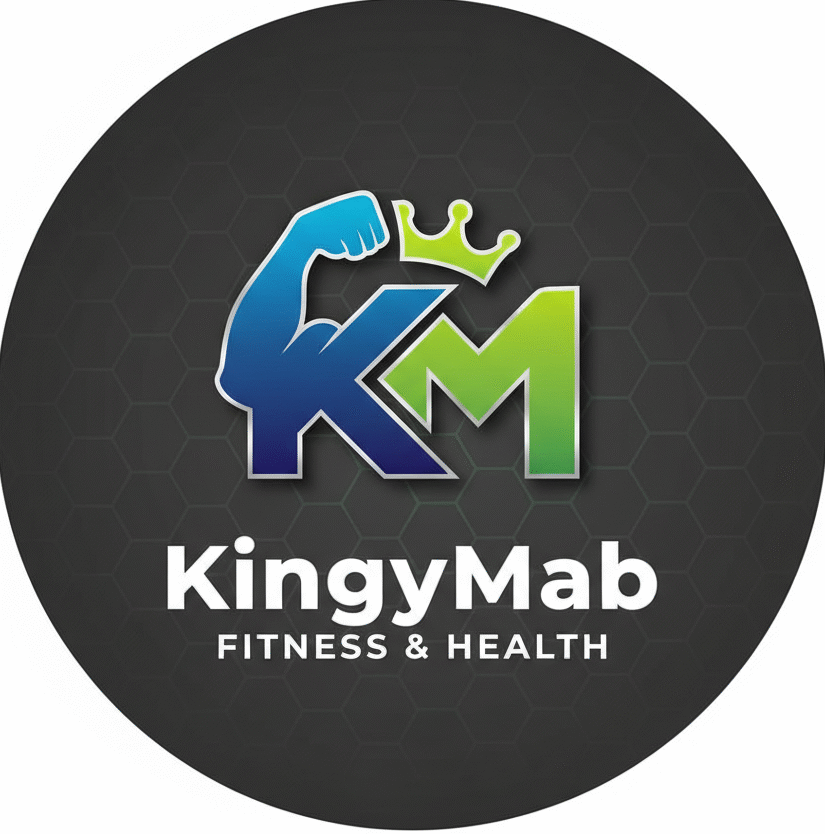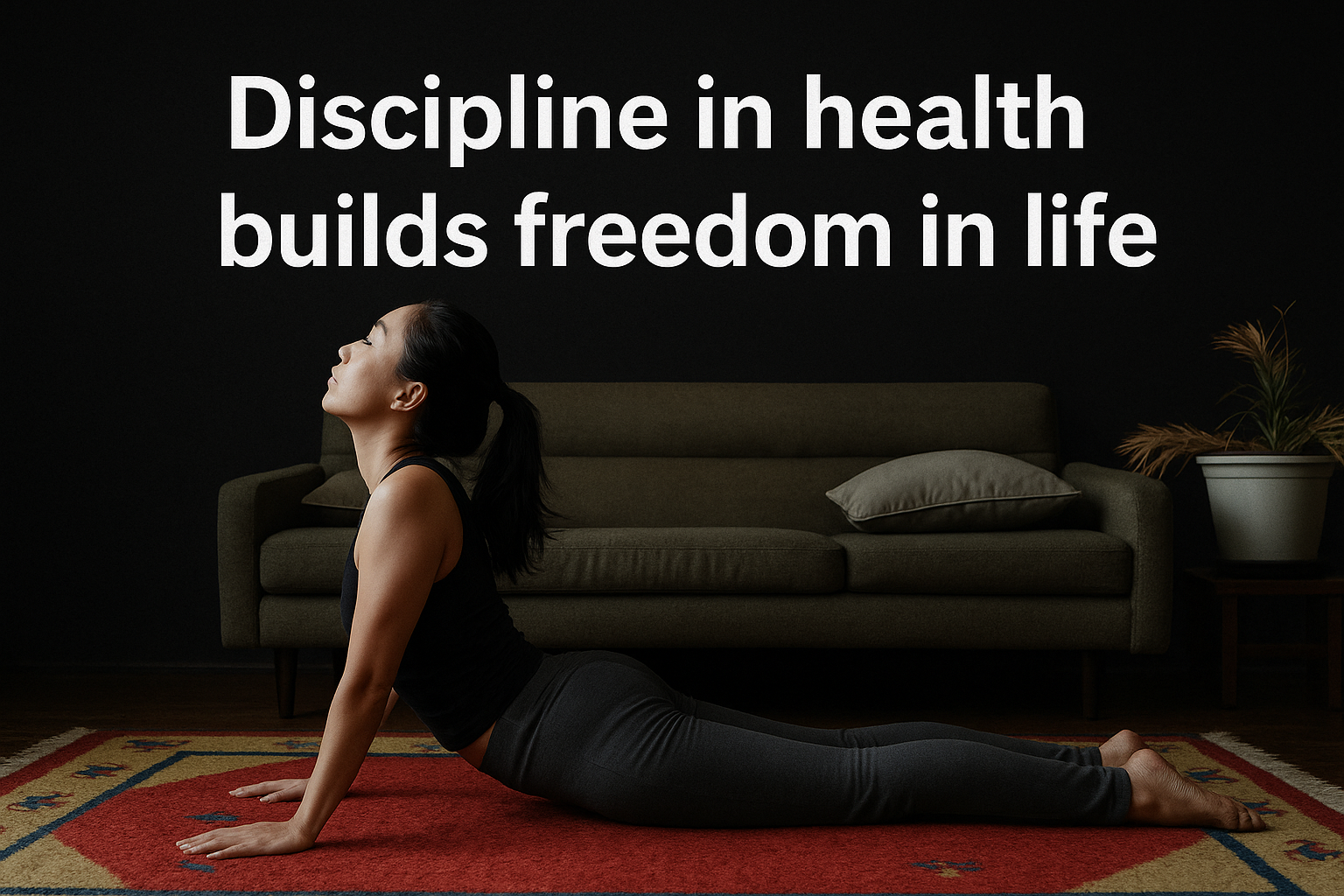Table of Contents
Living a healthy lifestyle isn’t just about eating salad or lifting weights. It’s about creating a rhythm in life that blends fitness, mental wellness, nutrition, and small daily habits into something sustainable and enjoyable. The best part? You don’t have to transform overnight—you just have to start.
In this ultimate guide, we’re going to walk through everything you need to know about building a life of balance. From workout routines to smart food choices, from finding a gym near me to making the most of home workouts, and even knowing when to call in a personal trainer—you’ll find it all here.
The Mindset Behind a Healthy Lifestyle
Every journey begins in the mind. When people talk about fitness or weight loss, they often focus only on the body. But without the right mindset, even the best plans fall apart.
Shifting your thoughts toward positive action is the first step. Instead of saying “I can’t stick to workouts,” try “I am learning what works for my body.” This simple change creates space for progress and removes the guilt that often pushes people back into old habits.
Why Healthy Living Matters More Than Ever
Modern life moves fast—sometimes too fast. Between endless emails, fast food chains on every corner, and a culture of “hustle,” health is often the first thing we neglect.
A healthy lifestyle is more than a personal choice; it’s a necessity. Studies continue to show that active individuals live longer, fight off disease better, and enjoy sharper mental clarity. And let’s be honest—feeling good in your own skin is priceless.
Creating Balance Between Fitness and Fun
Many people think fitness has to feel like punishment. That’s far from the truth. The best way to stick with a healthy lifestyle is to find balance—workouts that you enjoy, meals that satisfy, and time for hobbies that make you smile.
Think of balance as a dance. Too much indulgence throws you off rhythm, but too much restriction makes you lose the beat too. Finding harmony between the two is where lifelong success is built.

The Power of Workout Routines
Workout routines are the backbone of fitness. They give structure, direction, and a sense of progress. Without them, most people bounce between random exercises without ever seeing results.
But the magic lies in personalization. The best routine is the one you’ll actually do. Some people thrive on strength training, while others prefer yoga, cycling, or dance workouts. The secret is to experiment until you find what keeps you consistent.
Choosing the Right Workout for Your Lifestyle
Not everyone needs to spend hours in the gym. The right workout depends on your schedule, preferences, and goals. If you’re pressed for time, quick 20-minute HIIT sessions can be just as effective as long gym sessions.
On the other hand, if you love structure and equipment, finding a gym near me might be the best move. Gyms offer variety, accountability, and sometimes even a social boost. Choosing what fits your life increases your chances of sticking with it.
Home Workout: Fitness on Your Terms
One of the biggest trends in fitness today is the home workout. With minimal equipment—or even none at all—you can build strength, burn calories, and improve flexibility without ever leaving your living room.
Home workouts are especially great for beginners who feel intimidated by crowded gyms. With just a mat and your body weight, you can create a routine that builds confidence and grows with you over time.
Gym Near Me: Making the Most of Local Options
Searching for a gym near me can open doors to a world of possibilities. Local gyms often provide classes, personal trainers, and access to equipment that keeps workouts fresh.
But a gym is more than just machines. It’s a community. Finding a gym where you feel comfortable and motivated can make the difference between skipping sessions and actually looking forward to them.
The Role of a Personal Trainer
Sometimes, guidance is the missing puzzle piece. A personal trainer can help you design a program that matches your goals, corrects your form, and holds you accountable.
Even if you don’t plan on long-term coaching, a few sessions with a trainer can give you tools and knowledge that last a lifetime. Think of it as an investment in yourself, one that pays back in confidence and results.
Weight Loss: Beyond the Scale
When most people think “healthy lifestyle,” they immediately think weight loss. While losing excess weight can be beneficial, it’s not the only measure of success.
Relying solely on the scale for progress can feel disheartening. Instead, pay attention to non-scale victories: better sleep, more energy, improved mood, and clothes that fit comfortably. These changes often appear long before dramatic weight shifts.
Nutrition as the Foundation of Health
Exercise matters, but nutrition is the foundation of a healthy lifestyle. What you put on your plate fuels your energy, recovery, and overall well-being.
That doesn’t mean extreme diets or cutting out entire food groups. Instead, think balance: whole grains, lean proteins, colorful veggies, and occasional treats that make life enjoyable. Moderation always beats deprivation.
Building Consistency Through Small Habits
Big goals can feel overwhelming. The trick is to focus on small, repeatable habits. Drinking more water, taking the stairs, adding veggies to lunch—these micro-choices add up over time.
Consistency is like compound interest. The little things you do daily eventually create big results, often without you noticing until someone says, “Wow, you look different!”
Rest, Recovery, and the Importance of Sleep
A healthy lifestyle isn’t just about pushing harder—it’s also about knowing when to rest. Recovery allows muscles to rebuild and the mind to reset.
Sleep is one of the most underrated health tools. Aim for 7–9 hours of quality rest. Without it, even the best workout routines and nutrition plans can feel like an uphill battle.
Mental Health: The Missing Link in Fitness
Physical health and mental health are deeply connected. Stress, anxiety, and depression can derail even the strongest workout routines.
Simple practices like meditation, journaling, or mindful breathing can make a huge difference. When your mind is calm, your body follows.
Staying Motivated on Hard Days
Motivation isn’t constant—it comes and goes like the tide. The trick is learning how to move even when you don’t feel like it.
On low-energy days, swap intense workouts for lighter ones like stretching or a walk. Progress isn’t about perfection; it’s about showing up consistently, even if the effort looks different each time.
The Social Side of a Healthy Lifestyle
Humans thrive in community. Whether it’s joining a local gym class, finding a running group, or connecting online, social support keeps us accountable.
When friends or family share your goals, staying consistent becomes easier. Plus, working out together adds fun and variety, turning fitness into something you look forward to.
Technology and Fitness
From smartwatches to fitness apps, technology has made it easier than ever to track progress. These tools remind you to move, record your workouts, and even suggest meal plans.
But don’t let gadgets become overwhelming. Use them as support, not as the main driver. The best data in the world is useless unless you turn it into action.
Overcoming Common Fitness Excuses
“I don’t have time.” “I’m too tired.” “Gyms are expensive.” Sound familiar? These excuses stop countless people from living healthier lives.
The truth is, you don’t need hours or big budgets. A 15-minute home workout, a jog in the park, or cooking one healthy meal a day can set the foundation. Small solutions always exist if you’re willing to look for them.
Making Fitness Fun Again
If workouts feel boring, it’s time to shake things up. Try dancing, hiking, swimming, or even joining a recreational sports league.
Fitness doesn’t have to be repetitive. The more fun you make it, the less it feels like a chore—and the more likely you’ll stick with it for the long haul.
Building a Lifestyle, Not a Temporary Fix
Diets, 30-day workout challenges, and quick fixes often fail because they’re temporary. True success comes from building a lifestyle you can live with year after year.
That’s why balance is key. A healthy lifestyle should make you feel better, not trapped. Flexibility keeps it sustainable and enjoyable for the long term.
The Ripple Effect of Healthy Choices
What you do for yourself affects others too. Kids, friends, and coworkers notice your habits. When they see you choosing health, it inspires them to do the same.
In this way, your healthy lifestyle doesn’t just improve your life—it creates ripples of change in your community. That’s powerful.
Final Thoughts: Your Journey Starts Today
The beauty of a healthy lifestyle is that it doesn’t require perfection. You don’t need the perfect meal plan, the fanciest gym, or the most expensive personal trainer. You just need to begin.
Every walk, every salad, every workout, every good night’s sleep—it all counts. Over time, those choices build a stronger, happier, more confident you. And that’s a life worth living.
Frequently Asked Questions (FAQs)
1. What is the simplest way to start a healthy lifestyle?
The easiest way is to start small. Add one habit at a time—like drinking more water, taking a daily walk, or cooking one healthy meal. Over time, these little changes stack up and create a long-term healthy lifestyle.
2. Do I need a gym membership to get fit?
Not at all! While finding a gym near me can be helpful for access to equipment and classes, you can get in great shape with home workouts. Bodyweight exercises, resistance bands, or even household items can be enough to build strength and burn calories.
3. How often should I follow workout routines?
It depends on your goals. For general health, aim for at least 3–4 sessions a week. If your focus is weight loss or muscle gain, 5–6 days of structured workout routines (with proper rest days) can give faster results.
4. Can a personal trainer really make a difference?
Yes! A personal trainer can create a customized plan, correct your form, and keep you motivated. Even a few sessions can teach you the right techniques and give you confidence to work out on your own.
5. How long does it take to see results from a healthy lifestyle?
Most people notice changes in energy and mood within 2–3 weeks. Visible changes like weight loss, muscle tone, or better endurance may take 6–12 weeks, depending on consistency and effort.
6. What’s better for weight loss—diet or exercise?
Both matter, but nutrition plays a bigger role. You can’t out-exercise a poor diet. Pairing smart food choices with consistent workouts is the most effective way to lose weight and keep it off.
7. Are home workouts as effective as gym workouts?
Absolutely! The key is intensity and consistency. A well-planned home workout can burn just as many calories as a gym session. The main difference is variety—gyms offer more equipment, but home workouts are more convenient.
8. How much sleep do I need for a healthy lifestyle?
Most adults need 7–9 hours of sleep each night. Good sleep improves recovery, supports weight management, and boosts mental health. Without it, even the best workout routines won’t deliver full results.
9. How do I stay motivated when I don’t see quick results?
Focus on non-scale victories like better sleep, improved energy, or fitting into old clothes. Tracking progress with photos or journals helps too. Remember, consistency always beats perfection.
10. Is weight loss the only goal of fitness?
No, not at all! While many people start their journey for weight loss, fitness is about so much more—strength, flexibility, energy, confidence, and mental clarity. Think lifestyle, not just pounds.

